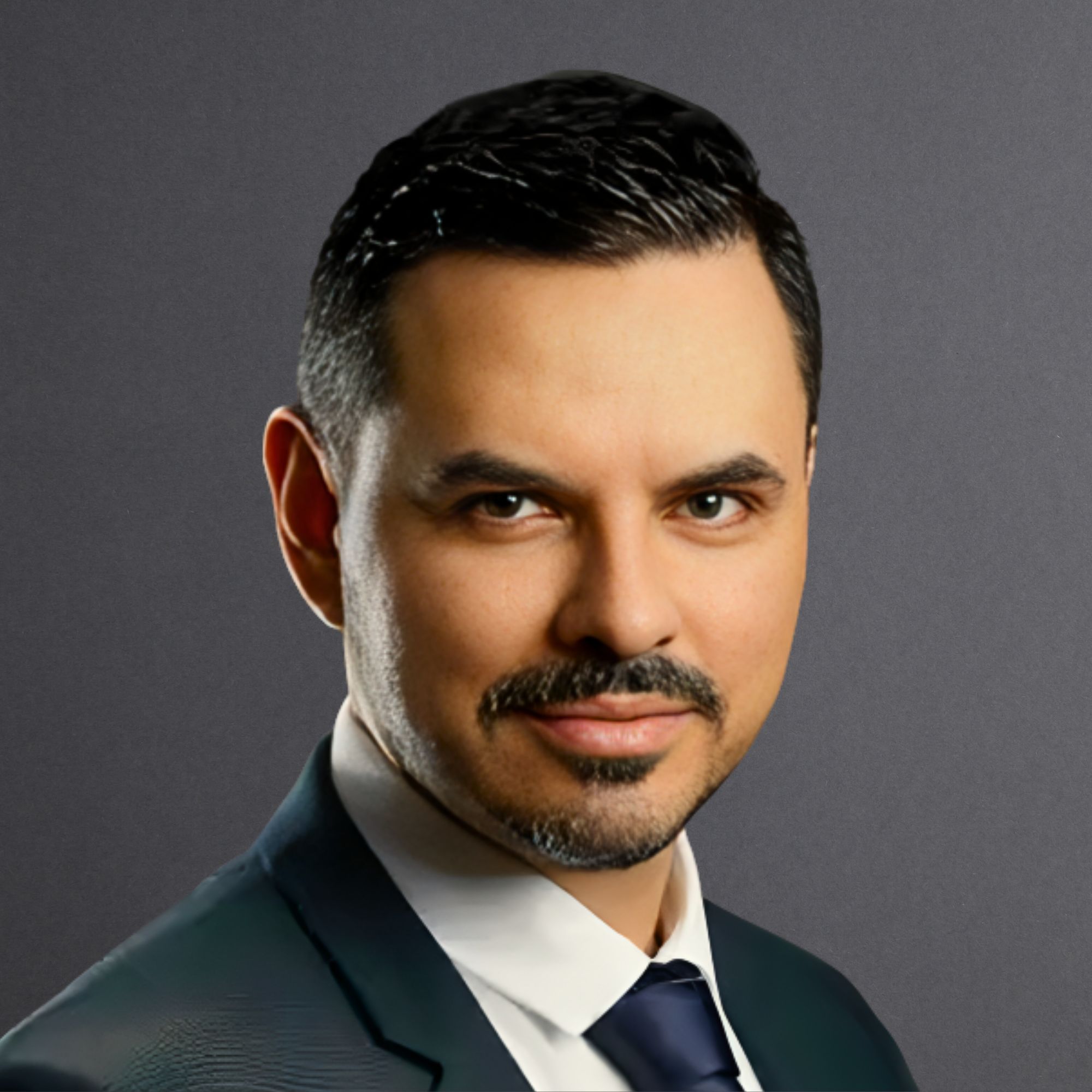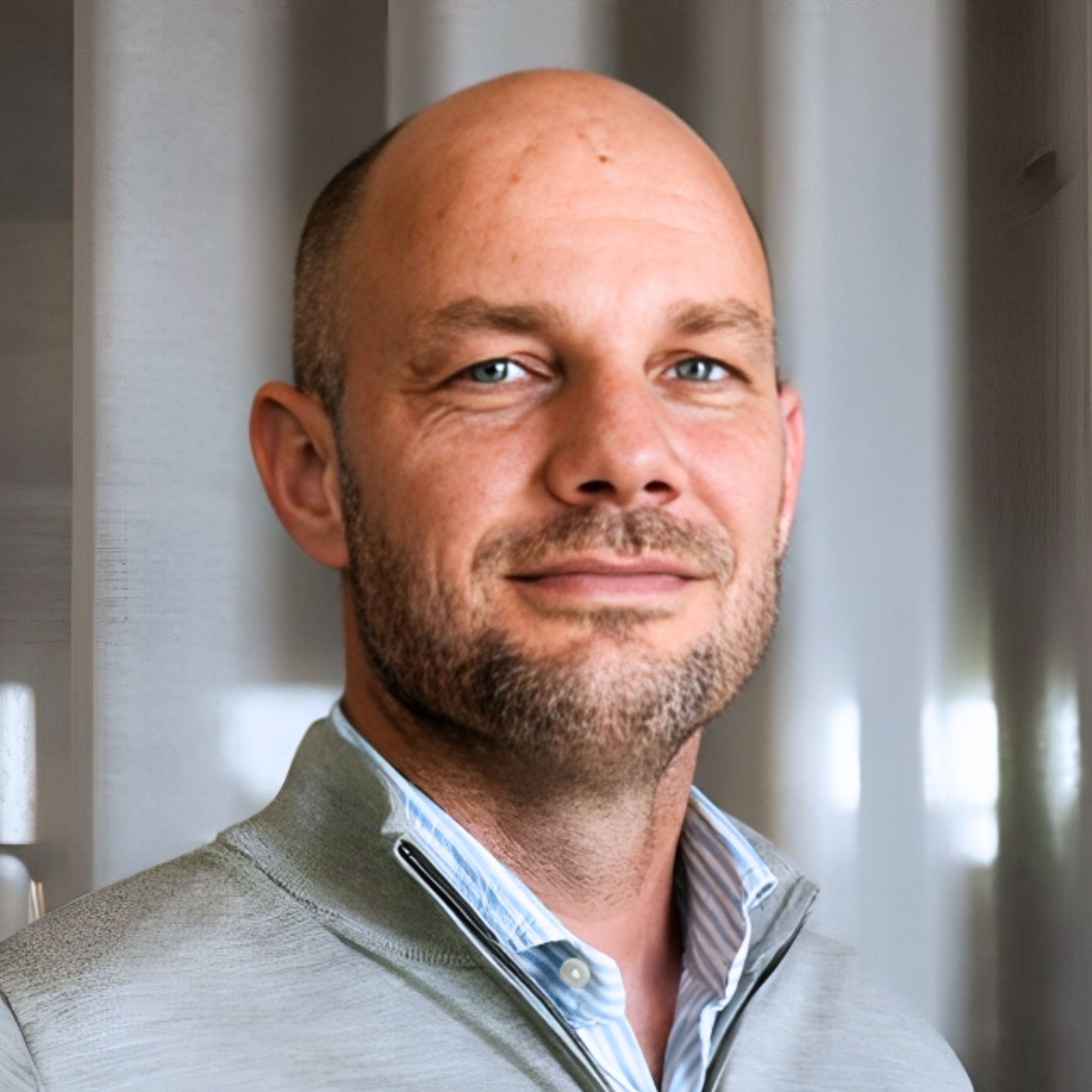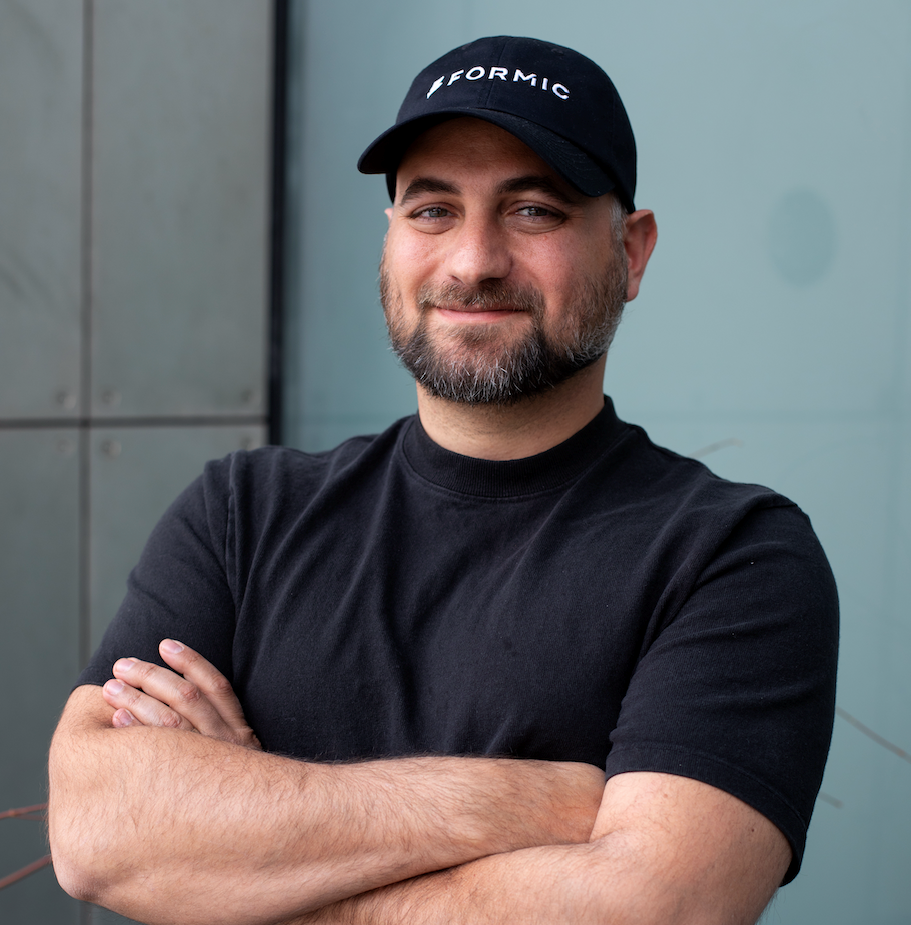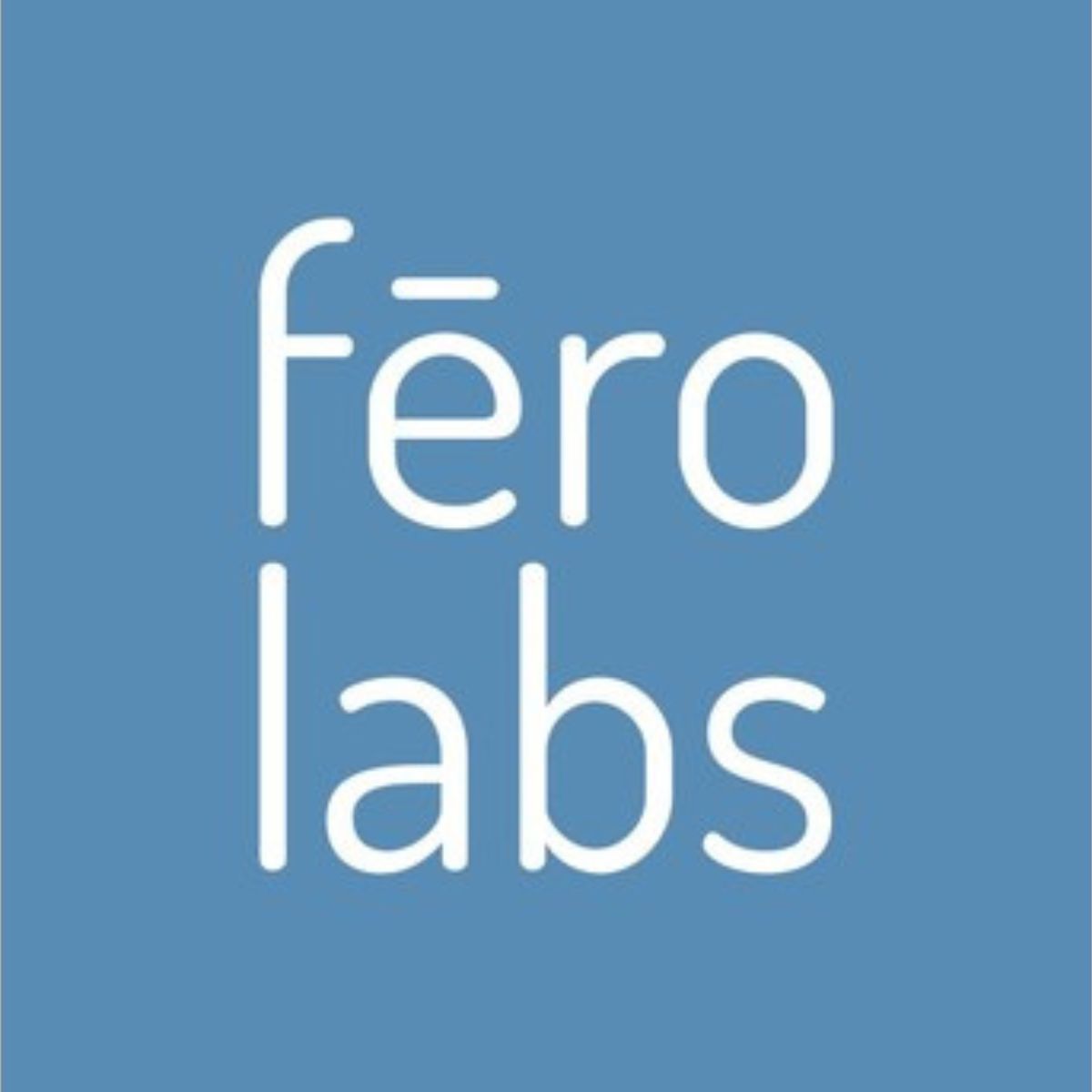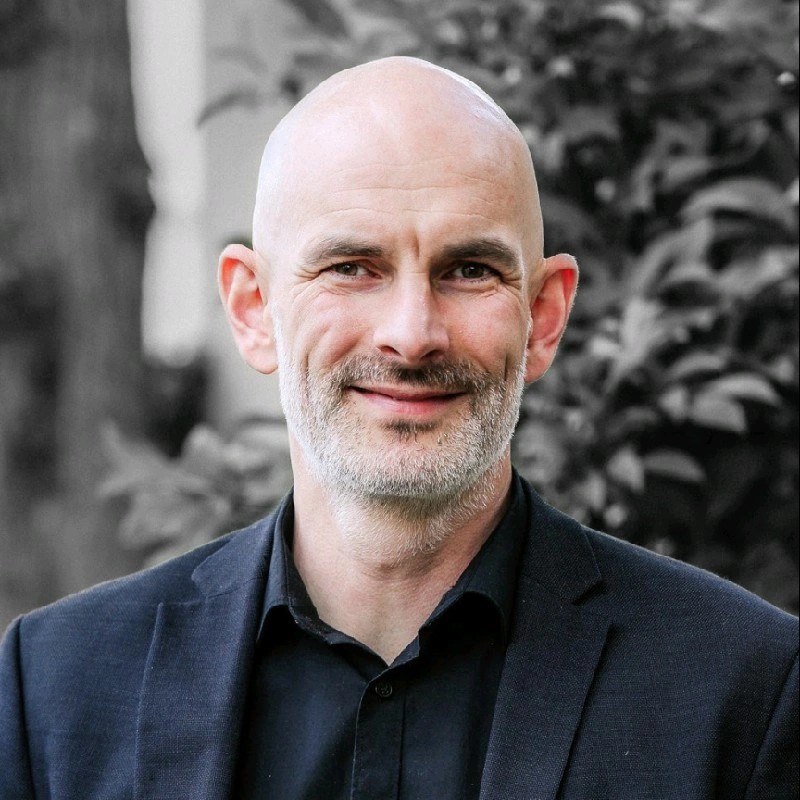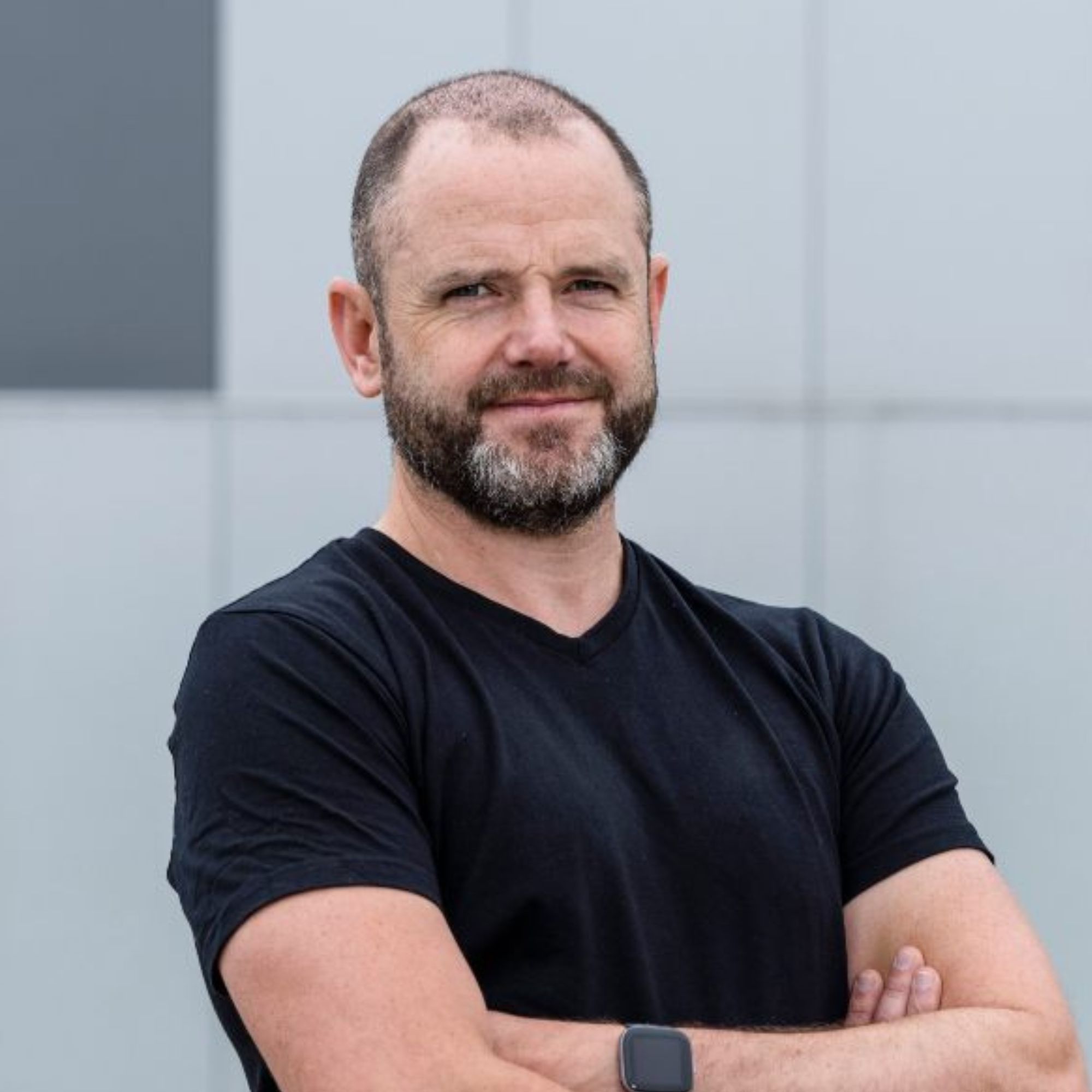Ready to build your own Founder-Led Growth engine? Book a Strategy Call
Frontlines.io | Where B2B Founders Talk GTM.
Strategic Communications Advisory For Visionary Founders
Actionable
Takeaways
Execute systematic pre-incorporation market validation at scale:
Before incorporating Lincode, Rajesh spent an entire year surveying 300-400 manufacturers through a structured questionnaire approach. Starting with 8-10 manufacturing contacts, he expanded through LinkedIn outreach to validate core assumptions about AI adoption, deployment complexity, and willingness to pay. This wasn't casual customer discovery—it was quantitative market research that de-risked his fourth venture before committing capital. B2B founders should design systematic validation processes that generate statistically meaningful data rather than relying on anecdotal feedback from a handful of prospects.
Position within existing budget categories to accelerate procurement cycles:
Despite building AI technology, Rajesh deliberately positioned Lincode within the established "vision systems" category rather than creating a new AI category. As he explained, "as far as customer is concerned, whether it's AI or not AI, they'll put us into a category of vision systems... so they can assign the budgets." Creating new categories extends sales cycles as procurement teams struggle with budget allocation and vendor evaluation frameworks. B2B founders should analyze how their innovation maps to existing enterprise budget line items and position accordingly, reserving category creation for later market education phases.
Identify economic buyers through productivity impact mapping, not feature alignment:
Lincode's initial assumption that quality engineers would buy quality inspection technology proved completely wrong. Manufacturing engineers became the actual buyers because quality bottlenecks directly constrained their core KPI: productivity. Rajesh discovered that "manufacturing engineers responsibility is on productivity, so quality kind of puts a bottleneck on that." This required repositioning their value proposition from quality improvement to productivity optimization. B2B founders must map their solution's economic impact across organizational functions to identify who controls budget decisions, which often differs from the obvious feature-benefit alignment.
Deploy experiential marketing for technology adoption in conservative industries:
Traditional SaaS demo strategies failed in automotive manufacturing where "AI is something which nobody wanted to just believe on a buzzword, especially in Midwest." Rajesh invested in major trade shows with hands-on demos, allowing prospects to physically interact with components and see real-time AI analysis. This strategy mimicked automotive showroom experiences where customers need tactile engagement before purchasing decisions. For B2B founders selling complex technology to traditional industries, budget allocation should prioritize experiential marketing that enables physical product interaction over digital marketing channels.
Structure investor feedback as systematic business model iteration:
Rather than fundraising episodically, Rajesh treated investor pitches as structured feedback collection, comparing it to AI model training: "if you give thousands of images, then the AI will work perfectly." Pitching 400-500 investors generated business model insights that shaped core strategic decisions, including the critical industry focus recommendation that transformed their approach. One investor's feedback about avoiding multi-industry approaches directly contradicted Rajesh's initial strategy but proved transformational. B2B founders should design investor interaction as ongoing strategic consulting, maintaining regular dialogue for continuous business model refinement beyond capital needs.
Conversation
Highlights
How Lincode Labs Systematically Penetrated Automotive Manufacturing Through Pre-Incorporation Validation and Strategic Positioning
While most AI startups target broad horizontal markets with venture-friendly positioning, Rajesh Iyengar methodically validated a single vertical before writing a line of code. His systematic approach to automotive manufacturing penetration offers a playbook for founders targeting conservative industries where traditional SaaS growth tactics fail catastrophically.
In a recent episode of Category Visionaries, Rajesh, CEO and founder of Lincode Labs, detailed how his AI-powered visual inspection company has raised $10 million over nine years by replacing legacy machine vision systems with computer vision technology. His approach reveals counterintuitive strategies for AI adoption in risk-averse manufacturing environments.
Pre-Incorporation Market Validation at Enterprise Scale
Rajesh executed structured market validation that most founders skip: systematic primary research across hundreds of prospects before incorporation. “I actually, you know, put them as a questionnaire, approached some of the manufacturing friends, like 8 to 10 initially, and could get a brief answer from them,” he explains. “And that paved me way for me to approach another 300 to 400 manufacturers, send them emails, reach them on LinkedIn.”
This wasn’t customer development interviews—it was quantitative market research designed to validate specific deployment and adoption barriers. Rajesh had identified critical risk factors: “Will there be acceptance in the industry? Will they pay me for this, what I’m going to help them with, is it going to be tech heavy and, you know, deployment could be an issue and so on.”
The methodology scaled systematically: initial validation through warm manufacturing contacts, then LinkedIn outreach to reach statistical significance across 300-400 respondents. This approach generated data-driven confidence about market timing, willingness to pay, and technical deployment constraints before committing resources to product development.
Geographic Arbitrage: Proximity as Competitive Advantage
Rajesh relocated from Silicon Valley to Michigan—not for cost optimization, but for strategic market positioning. “For the real industry, real manufacturing, real revenue is all here, happening here in Michigan,” he notes. This wasn’t lifestyle arbitrage; it was recognition that conservative industries require physical presence to establish credibility and facilitate relationship development.
The geographic strategy created immediate differentiation from Silicon Valley AI startups pitching remotely. Manufacturing executives could visit Lincode’s facilities, observe operations firsthand, and engage with technical teams directly. This proximity advantage proved critical for building trust in an industry where technology decisions carry million-dollar downtime risks.
Economic Buyer Identification Through Organizational Impact Mapping
Lincode’s initial buyer persona assumptions failed completely. Quality engineers seemed like obvious buyers for visual inspection technology, but proved to have limited budget authority. “If I think that, okay, I’m a quality guy, initially were going to all the quality engineers, but were completely wrong,” Rajesh admits. “So the actual interest here is from the manufacturing engineers.”
The distinction stemmed from organizational KPI alignment. Manufacturing engineers own productivity metrics, while quality issues create bottlenecks that directly impact their performance reviews. “Manufacturing engineers responsibility is on the productivity,” Rajesh explains. “So the quality kind of puts a bottleneck on that.”
This insight forced complete value proposition repositioning—from quality improvement to productivity optimization. The same technology, but positioned around the economic buyer’s primary success metrics rather than the obvious feature-benefit alignment.
Budget Category Positioning Over Technology Innovation
Despite developing cutting-edge AI technology, Rajesh deliberately avoided category creation. Instead, Lincode positioned within established “vision systems” procurement categories. “As far as customer is concerned, whether it’s AI or not AI, they’ll put us into a category of vision systems,” he explains. “So they can assign the budgets.”
This positioning decision accelerated enterprise sales cycles by fitting within existing budget line items and vendor evaluation frameworks. Manufacturing companies already allocated capital for vision systems; Lincode needed only to demonstrate superior performance within familiar procurement processes rather than educating buyers about new technology categories.
The approach reveals sophisticated understanding of enterprise buying behavior: procurement teams resist new categories that complicate budget allocation and vendor comparison frameworks.
Experiential Marketing for Complex Technology Adoption
Traditional SaaS demo strategies failed in manufacturing environments where “AI is something which nobody wanted to just believe on a buzzword, especially in Midwest.” Unlike Silicon Valley markets where concepts sell on potential, manufacturing requires tangible proof of reliability and performance.
Lincode’s solution centered on trade show experiential marketing: “The best possible way was to choose the best biggest show in the US and take a booth space there and set up this practical demos and invite some of your key customers to come and have a hands on approach on your product.”
This strategy addressed manufacturing’s core adoption barrier: risk mitigation. Physical interaction with components and real-time AI analysis observation provided proof points that traditional demos couldn’t deliver. The approach mimicked automotive showroom experiences where tactile engagement precedes purchasing decisions.
Systematic Investor Feedback Collection as Business Development
Rajesh transformed fundraising from episodic capital acquisition into systematic business consulting. He pitched 400-500 investors, treating each interaction as structured feedback collection for business model refinement.
“I compare the fundraiser as AI model,” he explains. “So let’s say if you go to AI model and give only about four or five images, it’s going to be only biased to that. Whereas if you give the, you know, thousands of images, then the AI will work perfectly.”
This approach generated transformational strategic insights. One investor’s feedback fundamentally altered Lincode’s market approach: “You should not be going to every industry. You should just pick up one industry and even in that industry, pick up one or two challenges and only focus on that.”
Initially, Rajesh dismissed this advice, believing his AI platform could serve multiple verticals simultaneously. The systematic feedback collection revealed this multi-industry approach diluted messaging effectiveness and extended sales cycles across all segments.
Structured Pilot Programs for AI Adoption Barriers
Manufacturing AI adoption faces structural timeline mismatches. Traditional equipment works immediately upon installation, while AI requires model training, dataset creation, and iterative refinement before production deployment.
“There’s a chunk of time which is required to get this going. And this is the biggest challenge for the, you know, the executives,” Rajesh notes. This created “pilot purgatory” where manufacturers would evaluate AI solutions indefinitely without committing to production implementation.
Lincode’s solution involved paid pilot programs with extended evaluation periods: “Pilots had to be paid because, you know, they cannot test it only for two days, three days. They want to test it for a couple of months. And that’s a huge effort for any company.”
Paid pilots aligned incentives by ensuring manufacturers invested seriously in evaluation processes while providing Lincode revenue during extended decision timelines. This approach transformed evaluation bottlenecks into revenue-generating customer development opportunities.
Market Leadership Through Vertical Specialization
After nine years of systematic market development, Lincode established early leadership in automotive AI inspection through focused execution rather than horizontal scaling. “We strongly feel that we could get a big lion’s share in this market,” Rajesh reflects. “And being an early entrant in this space and already spent nine years, we know for sure that slowly and gradually we are capturing some of the market share.”
Their trajectory toward becoming “a market leader when it comes to AI for visual inspection” demonstrates how methodical validation, strategic positioning, and industry-specific marketing can create defensible competitive advantages in conservative sectors.
The approach offers implementation frameworks for B2B founders targeting traditional industries: execute systematic pre-incorporation validation, position within existing budget categories, identify economic buyers through organizational impact mapping, and invest in experiential marketing that addresses industry-specific adoption barriers. Systematic execution in focused verticals often creates more defensible market positions than broad platform approaches optimized for venture scalability metrics.







